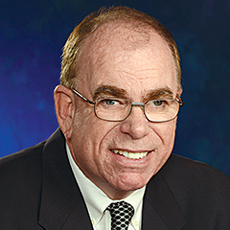
The provider community quickly pounced on a scaled-down coronavirus relief package Republicans circulated last week.
The so-called skinny proposal offers liability protections, and sets aside limited amounts for testing. But it fails to provide funding needed to cover personal protective equipment and other pandemic-generated cost increases.
“This isn’t just skinny, it’s anemic,” said LeadingAge President and CEO Katie Smith Sloan. She is completely correct, of course. Again.
Sadly, inadequate funding for eldercare services is hardly a new phenomenon. When I began covering news for McKnight’s in 1990, many states were paying operators daily Medicaid rates at or near $100. Granted, that was 30 years ago. But still.
You’d think by now the field would not still be on what amounts to a fiscal starvation diet. Yet here we are.
Many reasons for inadequate tax-dollar support have been promoted. My view is that it comes down to two.
The first is that delivering adequate eldercare services tends to be costly. As everyone in this field knows, the typical customer is an 85 or older person with five or more activities of daily living limitations — including the inability to dress, walk, use the toilet or even eat without assistance. More than half also have cognitive challenges. And they are typically ingesting anywhere from eight to 20 medications. Multiply that person by 120 or so, and you get a general idea of the caregiving challenge every skilled care operator in this nation faces every day — in the best of times. Anyone think these are the best of times?
The second reason, respectfully submitted, is this: The associations in this sector simply can’t compete with the big boys. That view is in no way meant to insult the American Health Care Association, LeadingAge or other groups aggressively petitioning lawmakers for fairer treatment. They all do a magnificent job, given the relatively limited resources available. But trying to beat out the pharmaceutical, hospital or doc lobbies for congressionally approved dollars truly is like bringing a knife to a gun fight.
Given this combination, it’s hardly surprising that we keep seeing variations on the inadequate funding theme play out, year after year.
What are the odds the sector will ever enjoy a favorable reversal? At best, probably slim indeed.
John O’Connor is the Editorial Director for McKnight’s



